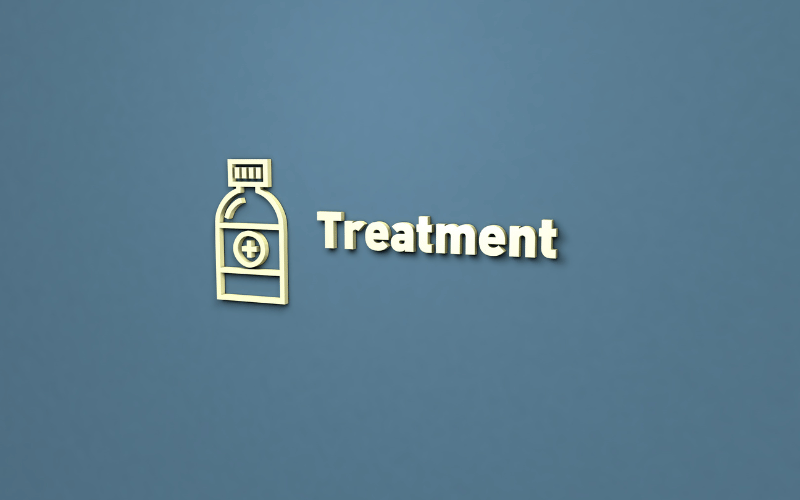4. Treatment and Healing: Tailoring Care for Young Bones

Treating greenstick fractures requires a nuanced approach, tailored to the unique characteristics of young, developing bones. The goal of treatment is not just to heal the fracture but also to ensure proper bone alignment and strength for continued growth and development.
The initial step in treatment usually involves immobilization. This may be with a splint or cast, depending on the fracture’s severity and location. The purpose of immobilization is to prevent further injury and to allow the bone to heal in the correct position. In some cases, especially if the bone is misaligned, a medical professional may need to perform a gentle manipulation, known as reduction, to realign the bone.
Pain management is also a crucial aspect of treatment. This typically involves over-the-counter pain relievers, and in some cases, prescription medication. It’s important to manage pain effectively to ensure the child’s comfort and to encourage mobility and use of the injured area as appropriate.
The duration of the healing process varies, but children’s bones generally heal faster than adults’. This rapid healing is an advantage, but it also underscores the importance of timely treatment to ensure proper healing. Follow-up visits are essential to monitor the healing process and to adjust treatment as necessary.
Post-treatment care often includes physical therapy or exercises to restore strength and flexibility. This rehabilitation phase is crucial in preventing stiffness or weakness and in ensuring a full return to normal activities.
In treating greenstick fractures, the holistic approach is key. It’s not just about healing the bone; it’s about supporting the child’s overall health and well-being, ensuring a return to their active, playful life with resilience and strength. (4)